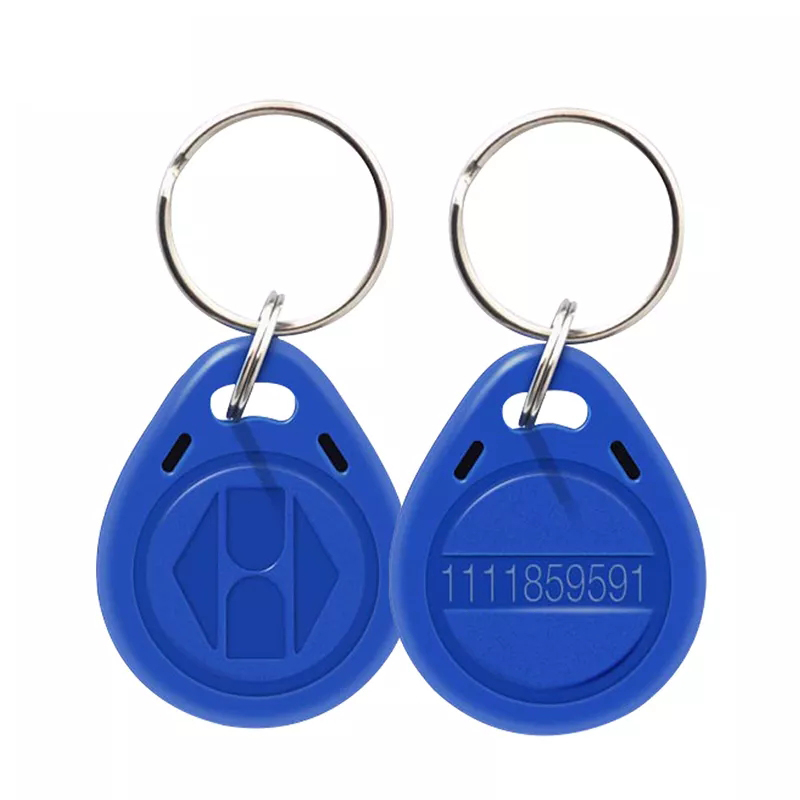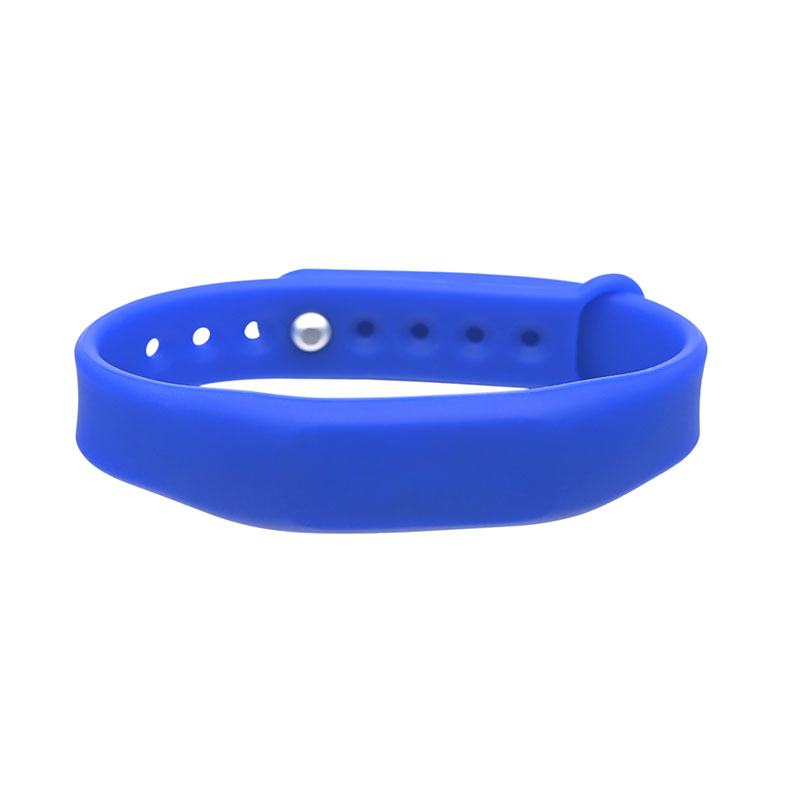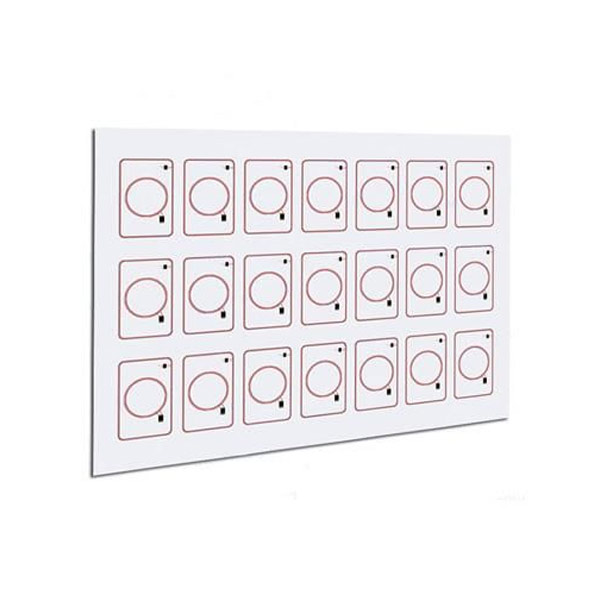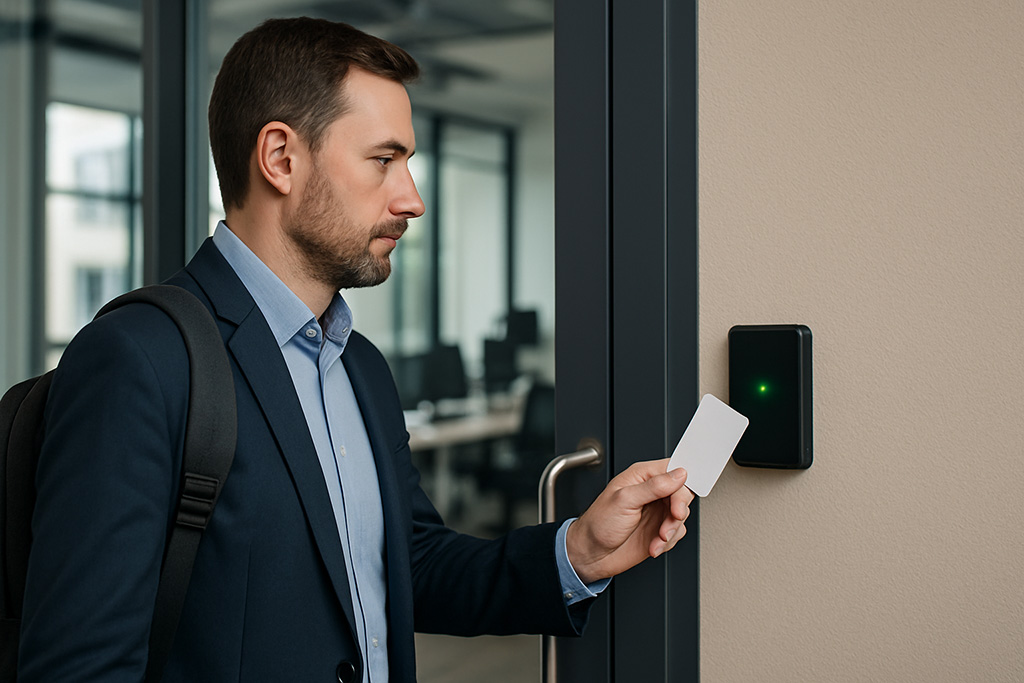
Introduction: The Future of Office Access and Attendance is Here
As businesses evolve in the digital age, the need for smarter, more integrated systems to manage day-to-day operations has become paramount. Among these systems, two of the most crucial functions in any organization are access control and employee attendance tracking. Traditionally managed through separate platforms—often involving manual procedures or disconnected digital tools—these systems are now being transformed by RFID (Radio Frequency Identification) technology. With the introduction of a single RFID smart card, enterprises can now seamlessly integrate office entry and attendance management, delivering greater efficiency, improved security, and a more professional employee experience.
This article explores how a single RFID card can revolutionize access and attendance in the workplace, focusing on the technology behind it, its practical advantages, and how businesses can implement such a solution with minimal disruption.
Understanding RFID Technology and Smart Cards
RFID, or Radio Frequency Identification, is a wireless technology that uses electromagnetic fields to automatically identify and track tags attached to objects. These tags contain electronically stored information and can be embedded in a variety of forms, including smart cards. RFID systems typically consist of three components: an RFID tag or card, an RFID reader, and a back-end database that stores and processes the data.
Unlike traditional magnetic stripe cards or barcode-based systems, RFID cards can operate without direct line-of-sight, allowing for faster and more convenient interactions. Depending on the frequency used—low frequency (LF), high frequency (HF), or ultra-high frequency (UHF)—RFID cards can offer different read ranges and capabilities. High-frequency RFID (13.56 MHz), commonly used in office environments, provides a good balance between read range, data capacity, and security features.
Smart RFID cards used in enterprise environments are typically embedded with microchips that store encrypted user data. These cards can be customized for multi-functional use, including access control, attendance logging, cashless payments, and even identity verification.
The Limitations of Traditional Systems
Before diving into the benefits of RFID smart cards, it’s essential to understand the inefficiencies that plague conventional access and attendance systems. Many businesses still rely on outdated practices such as:
Manual logbooks for attendance, which are prone to human error and fraud.
Key-based door locks, which are inefficient, insecure, and difficult to manage at scale.
Separate systems for access control and time tracking, leading to data silos and redundant administrative tasks.
Biometric systems that, while secure, can face hygiene concerns or function inconsistently due to environmental conditions.
These methods are not only inefficient but also fail to provide real-time data and centralized control, which are essential for effective facility and workforce management.
Implementing an RFID-based system allows organizations to consolidate access and attendance into a single, scalable solution. Here’s how one RFID smart card can address multiple business needs:
1. Unified Access Control
Employees can use their RFID card to gain entry to office buildings, secure rooms, or restricted areas, with their access levels pre-configured in the system. Access events are logged automatically, making it easier to audit entry history or monitor real-time activity.
2. Seamless Attendance Logging
Instead of punching a clock or signing a logbook, employees simply tap their RFID card at designated entry points. This data is instantly recorded and integrated into the organization’s time and attendance software. The result is accurate, tamper-proof records without the need for manual oversight.
3. Multi-System Integration
Modern RFID platforms can integrate with HR software, payroll systems, visitor management tools, and building management systems. This enables a truly interconnected workplace, where employee presence, resource access, and operational analytics are all linked to a single card.
4. Enhanced Security and Control
RFID systems support encryption and unique identifiers, making it nearly impossible to clone or misuse cards. Administrators can assign permissions based on department, seniority, or time of day, and revoke access instantly in case of loss or termination.
5. Employee Convenience
Employees benefit from the simplicity of using just one card for multiple functions. Some RFID cards even support additional features like secure printing, cafeteria payments, and locker access.
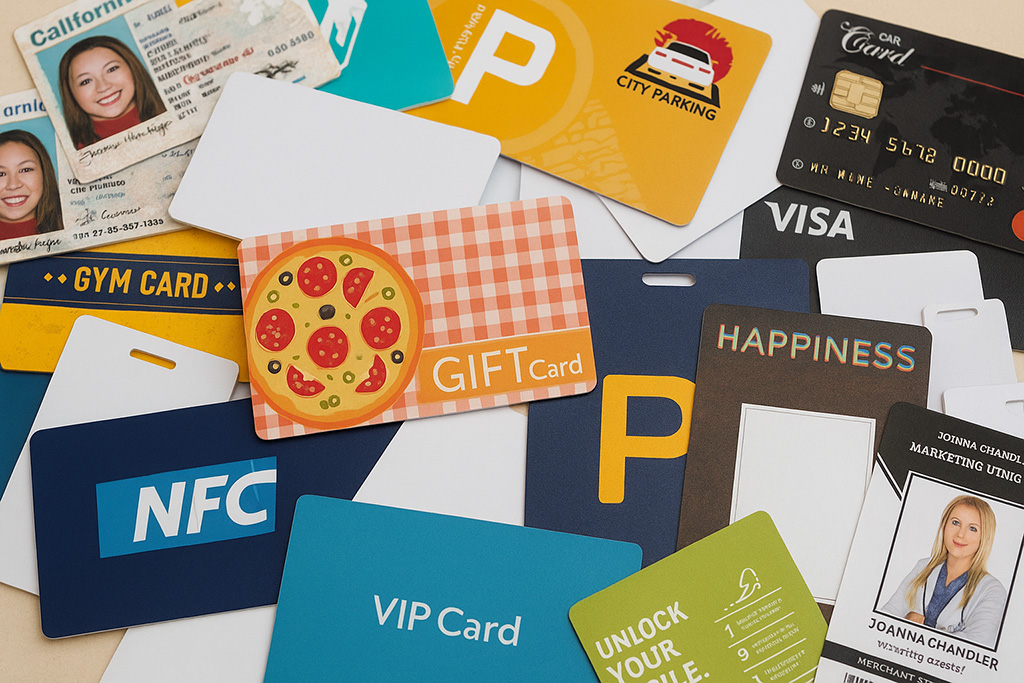
Core Benefits of Adopting RFID in the Workplace
Streamlined Operational Efficiency
By automating check-ins and access logs, businesses can significantly reduce the administrative burden associated with manual record-keeping. HR departments can generate attendance reports instantly, enabling faster payroll processing and compliance audits.
Improved Security Posture
With real-time access tracking, organizations gain better visibility into who is on-site at any given moment. This is critical not only for daily security but also in emergency situations, such as evacuations, where knowing employee location is vital.
Scalability for Growing Businesses
RFID systems can be scaled across multiple locations, departments, or even global offices. Adding new users or modifying access levels requires only software-side changes, which makes it ideal for growing enterprises.
Cost Reduction Over Time
Though initial setup costs may be higher than traditional methods, RFID systems offer long-term savings through reduced administrative work, fewer security incidents, and the elimination of physical keys or paper-based tracking tools.
Better Compliance and Reporting
Many industries have strict labor and data management regulations. RFID systems provide auditable records, secure data handling, and customizable reports, ensuring compliance with local and international standards.
Real-World Application: A Case Study Example
Consider a mid-sized tech company with 300 employees across two office locations. Previously, the firm relied on a combination of biometric scanners and manual logs to manage attendance. Security teams used mechanical keycards for door access, while HR maintained a separate system for employee time tracking.
After switching to an integrated RFID smart card system, the company reported the following outcomes within six months:
40% reduction in average entry/exit processing time
95% accuracy rate in attendance reporting, up from 80%
Complete elimination of proxy attendance ("buddy punching")
Significant improvement in cross-departmental coordination, as access permissions could be customized per role
Improved employee satisfaction, citing convenience and speed
The system also integrated with their existing payroll software, automatically syncing hours worked and leave data, which reduced payroll errors and shortened processing time by 30%.
Why Choose Our RFID Smart Card Solutions
Our company specializes in providing high-performance RFID smart cards tailored for enterprise use. Here’s what sets our products apart:
Superior Technology
High-frequency and dual-frequency options
Encrypted data storage and anti-cloning measures
Support for MIFARE, DESFire, and other industry standards
Customization & Design
Card printing with company logos, employee photos, and serial IDs
Color-coded or role-based design for quick visual identification
Full-System Integration
API support for seamless integration with third-party systems
Compatibility with leading access control and HR management platforms
Reliable Support and Services
End-to-end consultation: from system design to deployment
Technical support and maintenance packages
Bulk issuance and card lifecycle management
Proven Industry Use
Used by clients in technology, manufacturing, education, and healthcare sectors
Positive feedback for ease of use, system stability, and scalability
Easy Deployment and Integration
Deploying our RFID system is straightforward and non-disruptive to your business operations. Our implementation process includes:
Needs assessment: Evaluate access and attendance requirements across departments
System design: Customize card functionality and backend integration
Installation: Set up readers, software, and user profiles
Training: Equip admins and employees with user guidance
Ongoing support: Monitor system performance and offer timely upgrades
Whether you're retrofitting an old building or setting up access protocols for a new facility, our RFID solutions are adaptable to your infrastructure.
Conclusion: One Card, Total Control
RFID smart cards are no longer a futuristic concept—they are a practical, scalable solution that brings immediate and measurable benefits to any enterprise. By unifying access control and attendance tracking into one intelligent system, businesses can improve security, enhance employee convenience, and unlock operational efficiencies across departments.
Investing in our RFID smart card technology means investing in a smarter, safer, and more connected workplace.
Ready to upgrade your access and attendance system? Contact us today for a free consultation or product demo and discover how one RFID card can transform your business.


